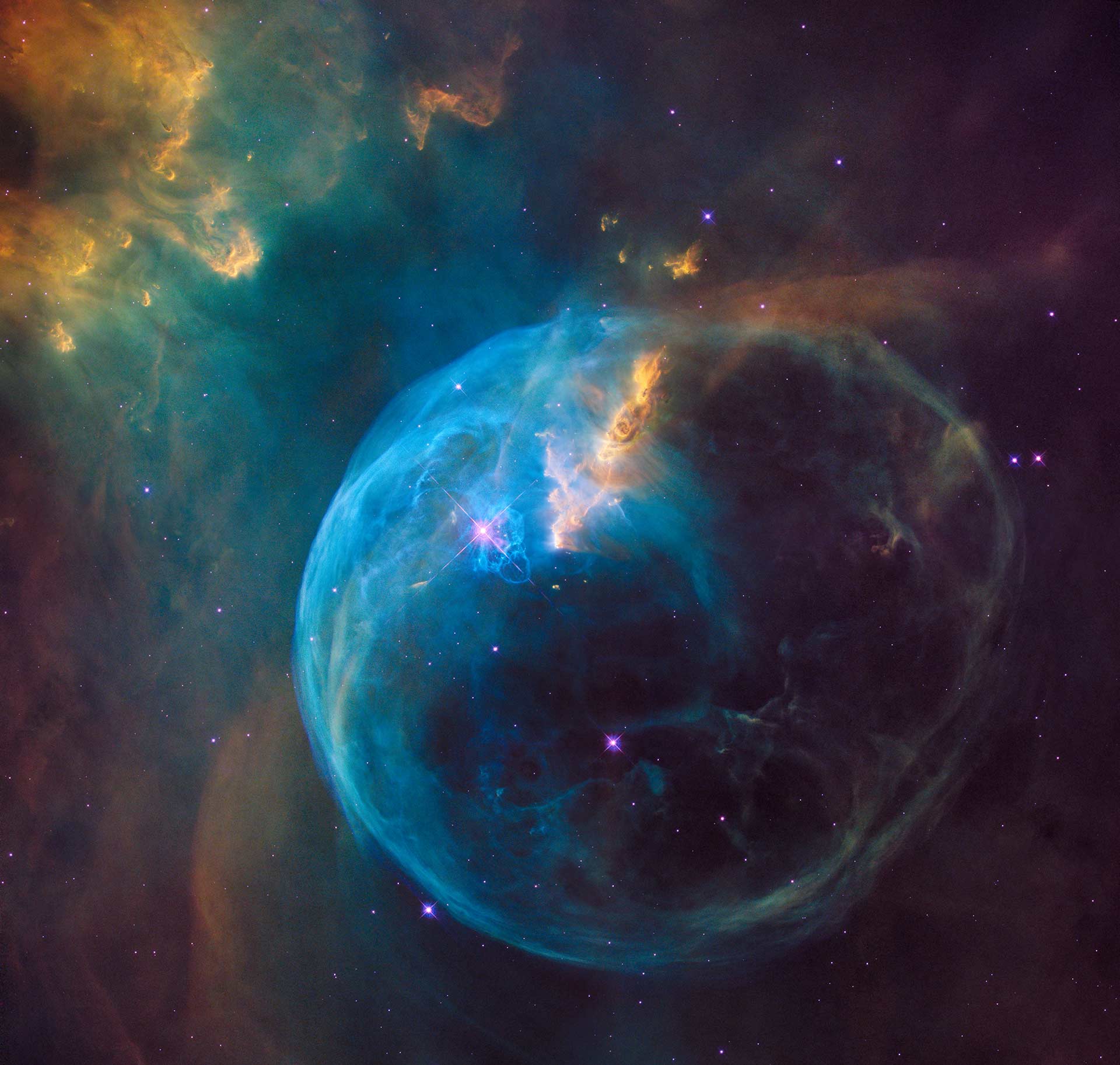Exploring the potential of frontier citizen science for inclusion and diversity
REINFORCE has the ambition to include in the overall effort and scientific community sense-disabled people (especially visually-impaired), senior citizens, but also artists and larger percentages of women. All these groups will enrich the project by bringing external insights into the endeavour, hopefully raising conceptual and innovative ideas in science. For example, the interplay between Art and Science can benefit disadvantaged groups in the framework of frontier Citizen Science, helping to re-conceptualise fundamental concepts, techniques and representations, such as the nature of space and time, the notions of origin and horizon, and the role of information circulating in the universe and its non-conservation.
With this very innovative approach, REINFORCE goes one step ahead in inclusion by exploring diverse and underrepresented groups in science and by providing them with tools (sonification of data for visually impaired people, virtual training workshops for people of rural areas, specialized ICT training workshops for senior citizens) and training to overcome specific barriers.
Allowing visually-impaired people to contribute in astronomy
In order to extend the senses used in scientific research beyond eyesight, the project will work in four directions:
- The development of training methods to learn how to use sound to analyse the data, fostering the use of multimodal (audio-visual) interaction in science.
- The integration of the existing Gravity Spy site of Zooniverse, which at the moment is focused on visual recognition of the time-frequency signature of glitches, but which can be pushed further by featuring sonification, thus producing audio files for glitches.
- The development of a didactic package of 12 lessons to analyse different data sets, the sonificaton prototype itself, and the new training techniques.
- Finally, one of the main objectives of this approach is to design new user-centered software to produce audio-visual outputs from 1D and 2D data, integrating a multidisciplinary and interdisciplinary community of astronomers, engineers, computer specialists, software designers, educators, disability specialists, bioengineers, neurobiologists, and sociologists, both blind and sighted, and addressing the topics of accessibility to scientific data particularly in the astronomy field.
This last objective will rely on sonoUno, a user-centered software that allows people with different sensory styles to explore scientific data, visually and by sonification, and contribute to science. The principal goal of the software is to allow the user to open data files (txt or csv extension), show the plot and sonify the data. At the moment, the sonification is performed by variation of pitch and the sonification settings allow users to change the volume and the timbre.
How SonoUno works
This sonification software for astronomical data is being developed based on the study of other software (Sonification Sandbox, MathTrax and xSonify) and standards of accessibility like the ISO 9241-171:2008 (Guidance on software accessibility). In order to develop the first approach of a graphical user interface, a theoretical framework based on the bibliography of user cases, focused on blind and visually-impaired people, has been performed.
The develop language is Python and modular design is used, in order to carry out collaborative work.
SonoUno also allows users to select a specific range of data on the ‘x’ axis, mark and save points of interest in the data, apply predefined mathematical functions (for example, logarithm and square) and manipulate the data arrays with an Octave interface. In the section settings, the user can configure the plot and some features of the sound.
Finally, the software allows the user to save the plot, a text file with the points marked on the data and a csv file with the plotted data.
The development team is constantly working to improve the software and its functionalities.
You can test the tool on GitHub.




